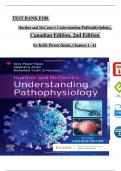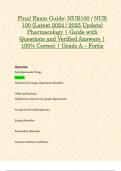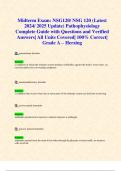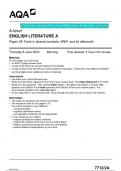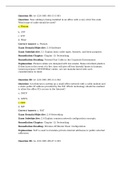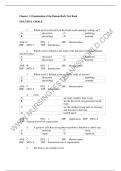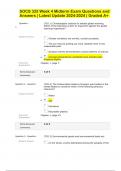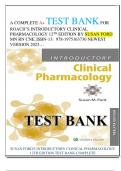Examen
Huether and McCance's Understanding Pathophysiology, 2nd Canadian Edition TEST BANK by Kelly Power-Kean, All Chapters 1 - 42 Complete, Verified Latest Edition
- Cours
- Établissement
TEST BANK For Huether and McCance's Understanding Pathophysiology, Canadian Edition, 2nd Edition by Kelly Power-Kean, Verified Chapters 1 - 42, Complete Newest Version Huether and McCance's Understanding Pathophysiology, 2nd Canadian Edition TEST BANK by Kelly Power-Kean, All Chapters 1 - 42 Co...
[Montrer plus]
